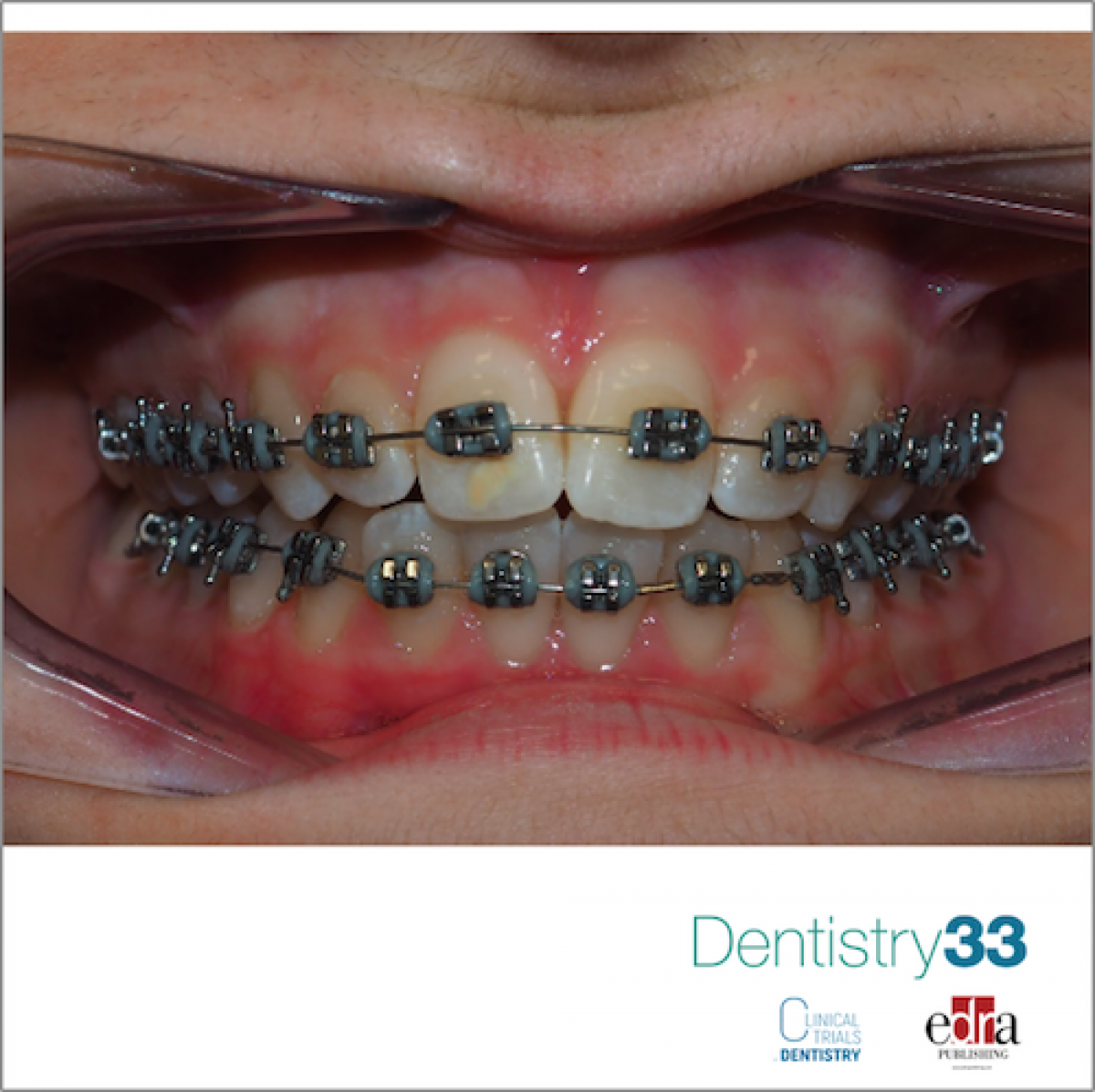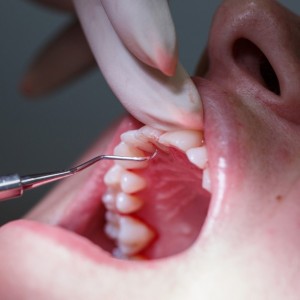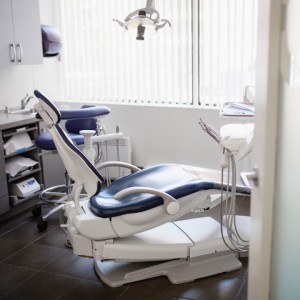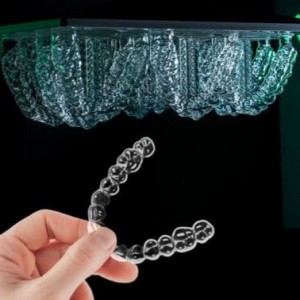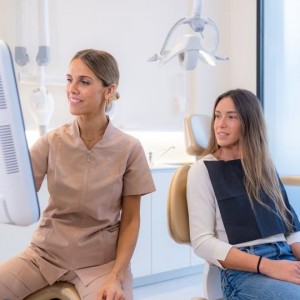
Roth versus MBT: does bracket prescription have an effect on the subjective outcome?
Davide Elsido
Since the introduction of the Straight Wire Appliance ™ in the 1970s ( Andrews, 1979 ) , there have been many suggested modifications to the tip and torque values used in preadjusted edgewise appliances . Many of these changes involve alterations of a few degrees, even though it is known that torque expression in particular is affected by the amount of play between the archwire and the slot, differences in the tolerance size of manufactured brackets and archwires, the method of ligation, the initial inclination of the teeth, additional widening and notching of the bracket slot when placing the larger archwires, and even variations in the shape of the labial surface of teeth.
The MBT prescription was introduced in 1997 and quickly established itself as one of the most popular bracket prescriptions on the market. The main differences with other bracket prescriptions are:
1. Increased palatal root torque in the upper central incisor brackets (Andrews: 7 degrees , Roth: 12 degrees, and MBT: 17 degrees)
2. Increased palatal root torque in the upper lateral incisor brackets (Andrews: 3 degrees, Roth: 8 degrees, and MBT: 10 degrees)
3. Increased lingual crown torque in the lower incisor brackets (Andrews: − 1 degrees , Roth: − 1 degrees, and MBT: − 6 degrees)
4. Decreased tip in the upper canine brackets (Andrews: 11 degrees, Roth: 13 degrees, and MBT: 8 degrees).
The developers of the appliance claim that the increased palatal root torque in the upper incisors improves the undertorqued appearance produced by other prescriptions and the increased labial root torque in the lower incisor counteracts the forward tipping during levelling.
In the European Journal of Orthodontics, an article of 2014 had the aim was to determine if bracket prescription has any effect on the subjective outcome of pre-adjusted edgewise treatment as judged by professionals. This retrospective observational assessment study was undertaken in the Orthodontic Department of the Charles Clifford Dental Hospital, Sheffield, UK.
The principal outcome measure was the Incisor and Canine Aesthetic Torque and Tip (ICATT) score for each of the 40 post-treatment models carried out by the nine judges.
This study found no differences in the subjective assessments carried out by experienced orthodontic clinicians of the post-treatment study models from patients who had been treated with premolar extractions and pre-adjusted edgewise fixed appliances using a Roth prescription compared with an MBT prescription.
In conclusion, in the majority of cases , the ability of the clinicians to determine which bracket prescription was used was no better than chance in the majority of cases.
 Read more
Read more
Periodontology 30 October 2025
To update the competences and learning outcomes and their evaluation, educational methods and education quality assurance for the training of contemporary specialists in periodontology
Editorials 30 October 2025
New research explores the prevalence of dental fear and memories underlying it, underscoring the need for accessible treatment.
Products 30 October 2025
LuxCreo, a global innovator in personalized medical and dental devices, announced that it has received a strategic investment from Angelalign Technology Inc., a leading.
News 30 October 2025
GTCR, a leading private equity firm, announced the simultaneous signing and closing of a strategic, structured minority investment in Solmetex (the “company”).
News 30 October 2025
PDS Health, a leading integrated healthcare support organization, has announced the launch of PDS Health Medical, a new business unit that connects medical care to dental practices through connected...


